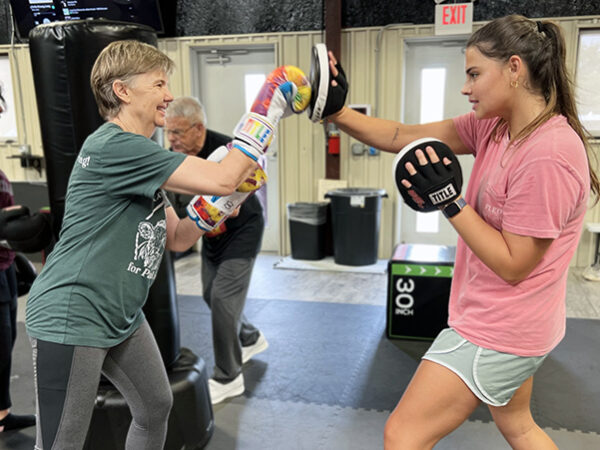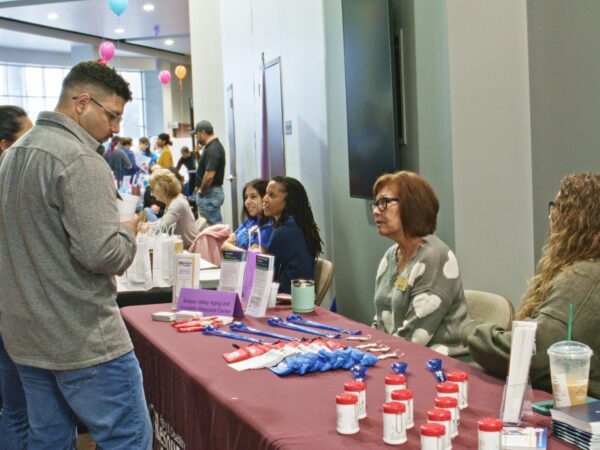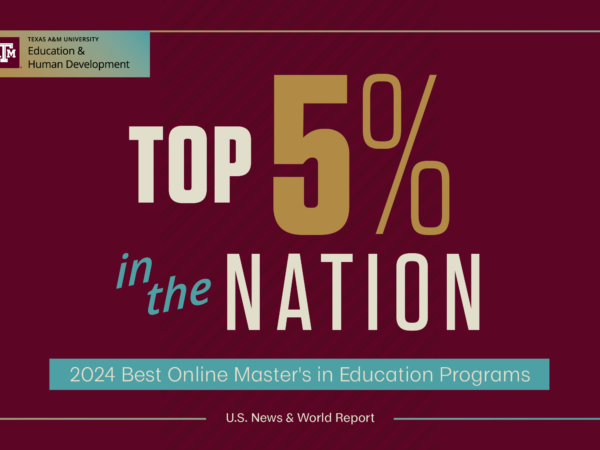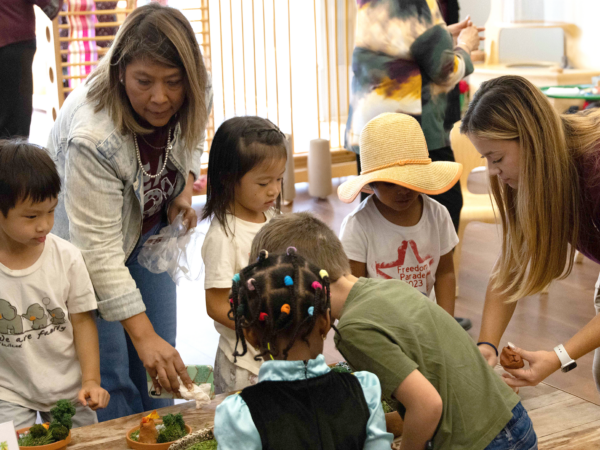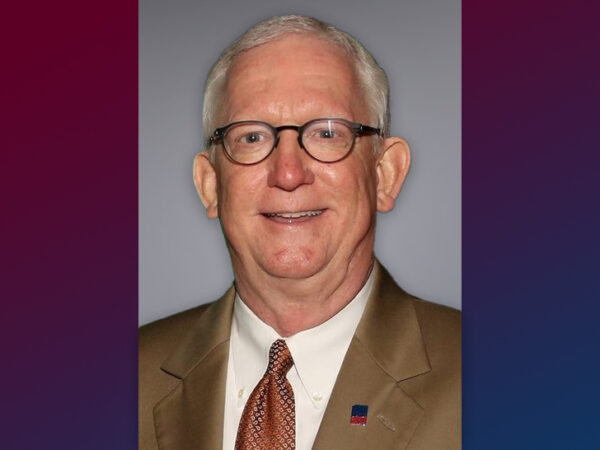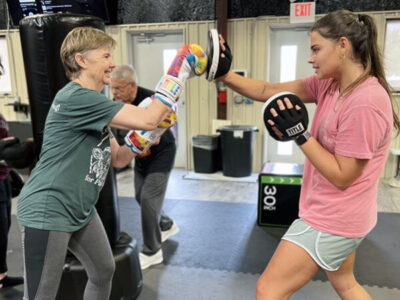
Helping The Disability Community Recover From Harvey
500,000 households impacted by Hurricane Harvey. That amounts to almost two million people in recovery mode. Of those people, 18 percent in Texas are part of the disability community.
That’s where the Center on Disability and Development and Project REDD come in. Dr. Laura Stough and her team have spent countless hours responding to the needs of the disability community in the wake of Hurricane Harvey.
Dr. Stough says the biggest challenge will not just be rebuilding their homes, but making sure their homes are modified to accommodate their specific disability needs.
“We are particularly interested in the recovery phase. We are helping those that are starting to move out of shelters and are starting to rebuild or return to their communities,” explained Dr. Stough, assistant director of the CDD. “We want to help link them up with organizations that have expertise and resources that are specific to disabilities.”
Project REDD is a research project affiliated with the CDD. Faculty and staff conduct research on how disasters affect people with disabilities while also providing training and resources so the public can be better prepared in the event of a disaster. During Hurricane Harvey, Project REDD had distributed these resources across the 39 disaster declared counties, including to emergency managers and shelters.
During the Bastrop County wildfires in 2011, Project REDD launched the “Mobile TIPS for First Responders.” It is a mobile-based website for first responders that provides resources to help people with disabilities and special needs during an emergency.
“We know that people with disabilities have been found to die at a higher rate after a disaster. They also experience larger property loss. In general, it will take them longer to recover from disasters. Part of that is the fact that they are at risk of being disconnected from their disability-related support services and organizations.”
Project REDD has also developed the “Disaster Acronym Guide” and the “Texas Guide to Supports and Services for Individuals with Disabilities and Their Families Affected by Disasters.” Over the past three weeks, those resources have been distributed to emergency management personnel, case managers, volunteer organizations and the cities affected by Harvey. The hope is to alleviate added stressors to and caused by the disability community.
For more information about Project REDD and tools to help in disasters, visit http://redd.tamu.edu/
About the Writer
Ashley is the Media Relations Coordinator and responsible for news coverage in the Department of Teaching, Learning and Culture as well as the Department of Educational Psychology.
Articles by AshleyFor media inquiries, contact Ashley Green.
Fundraising
To learn more about how you can assist in fundraising, contact Amy Hurley, Director of Development ahurley@txamfoundation.com or 979-847-9455



